LATEST INSIGHTS
Your Present Location: LATEST INSIGHTSChina-US Trade Talks: Review of Phase 1 deal
Source: CGTN Published: 2020-08-25
It's been more than six months since China and the U.S. signed that trade agreement. Our reporter Wang Hui reviews what the phase one deal includes.
After nearly two-year long trade dispute, China and the U.S. finally inked their phase-one agreement in January this year, which took effect on February 14th.
The agreement calls for China to increase purchases of U.S. farm and manufactured products, energy and services. China will also increase American access to China's financial services markets, and will make improvements towards better intellectual property protections.
According to the deal, China will buy an additional 200 billion U.S. dollars of goods and services from the U.S. in 2020 and 2021, on top of the amount of 2017. The target for this year is 76.7 billion U.S. dollars. But the ongoing coronavirus pandemic has significantly affected the bilateral trade, particularly trade in services. According to Chinese Customs, China's imports from the US in the first half of this year didn't go up as the agreement expected, but dropped about 5.4 billion U.S. dollars from last year, down to nearly 113 billion.
LIU ZHIQIN Senior Fellow, Chongyang Institute for Financial Studies Renmin University of China "China has always been very serious about its commitment, and this phase-one agreement is not an exception. Despite of the pandemic, China has done its best to reach its goal. But the U.S. has used national security and intellectual property issues as excuses to limit some American exports to China, especially in the realm of tech. In this case, you can't blame China."
Tensions between the two countries have been high, with U.S. President Donald Trump ordering American firms to cease business with both WeChat and TikTok earlier in August, citing national security concerns. TikTok's owner, Byte Dance, has filed a lawsuit challenging the order.
The Chinese Commerce Ministry also expressed opposition towards Washington's moves, accusing it of using the national security review of foreign investment as a political tool, and abusing it. These issues are expected to be addressed in upcoming bilateral trade talks.
LIU ZHIQIN Senior Fellow, Chongyang Institute for Financial Studies Renmin University of China "Both sides will evaluate how they've implemented the phase one agreement, in order to weed out any issues. I think one of the biggest problems is the unpredictable nature of some American officials, which has led to inconsistency and instability on the U.S. side. This has made it difficult for bilateral trade and exchange in both countries."
Liu believes it is important for China and the US to seize this opportunity to meet, evaluate, communicate, and coordinate. Wang Hui, CGTN, Beijing.
The author is a senior fellow with the Chongyang Institute for Financial Studies at Renmin University of China.



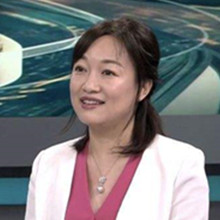





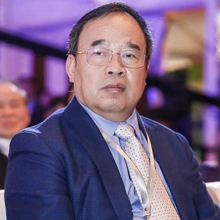

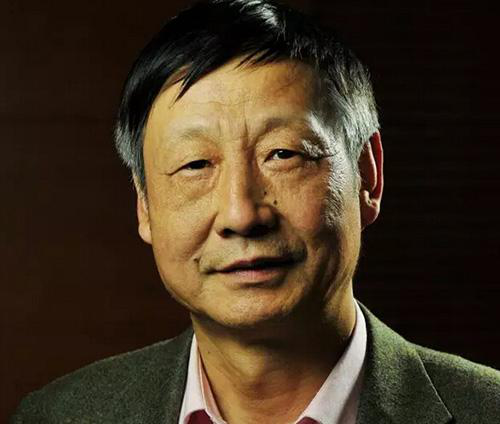
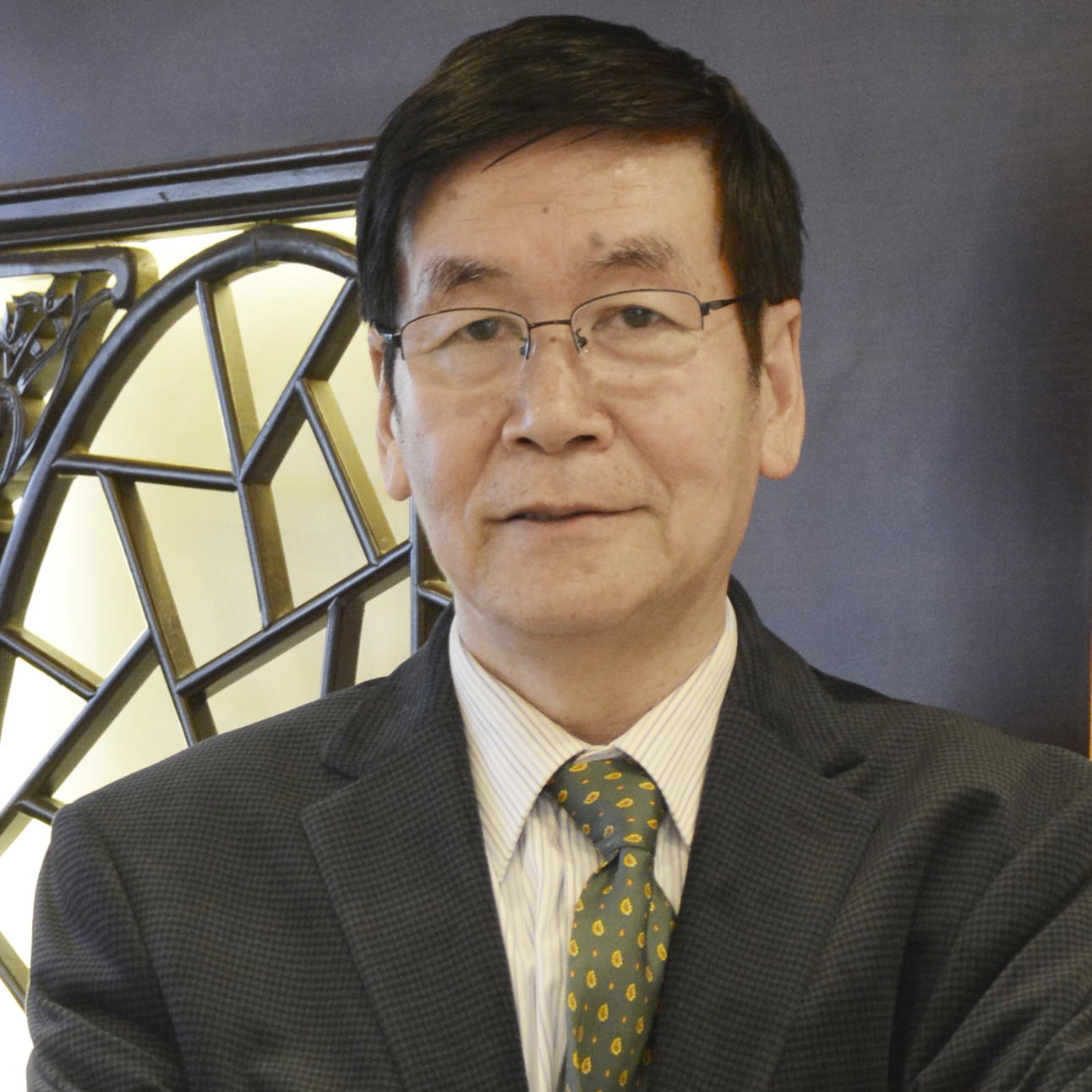
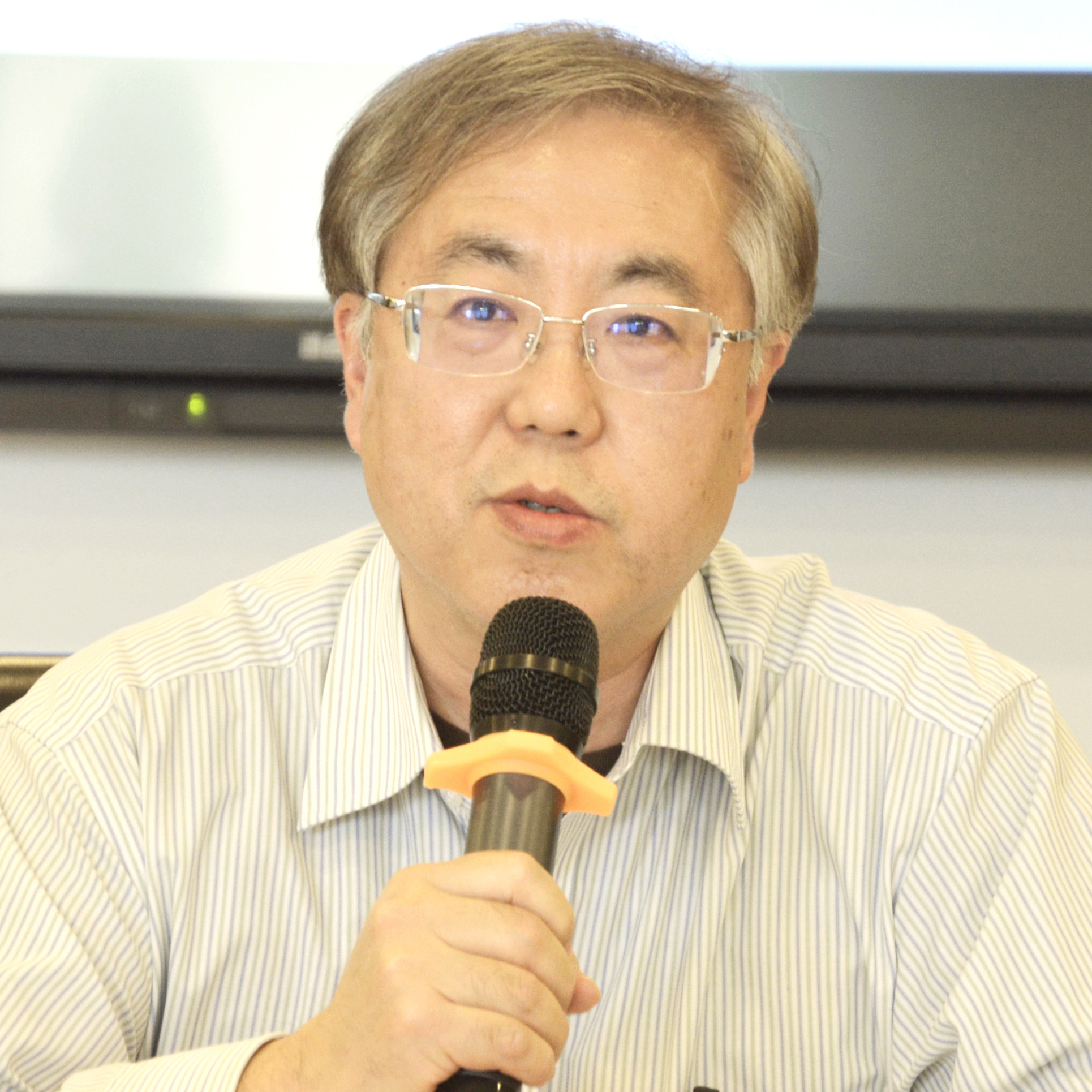

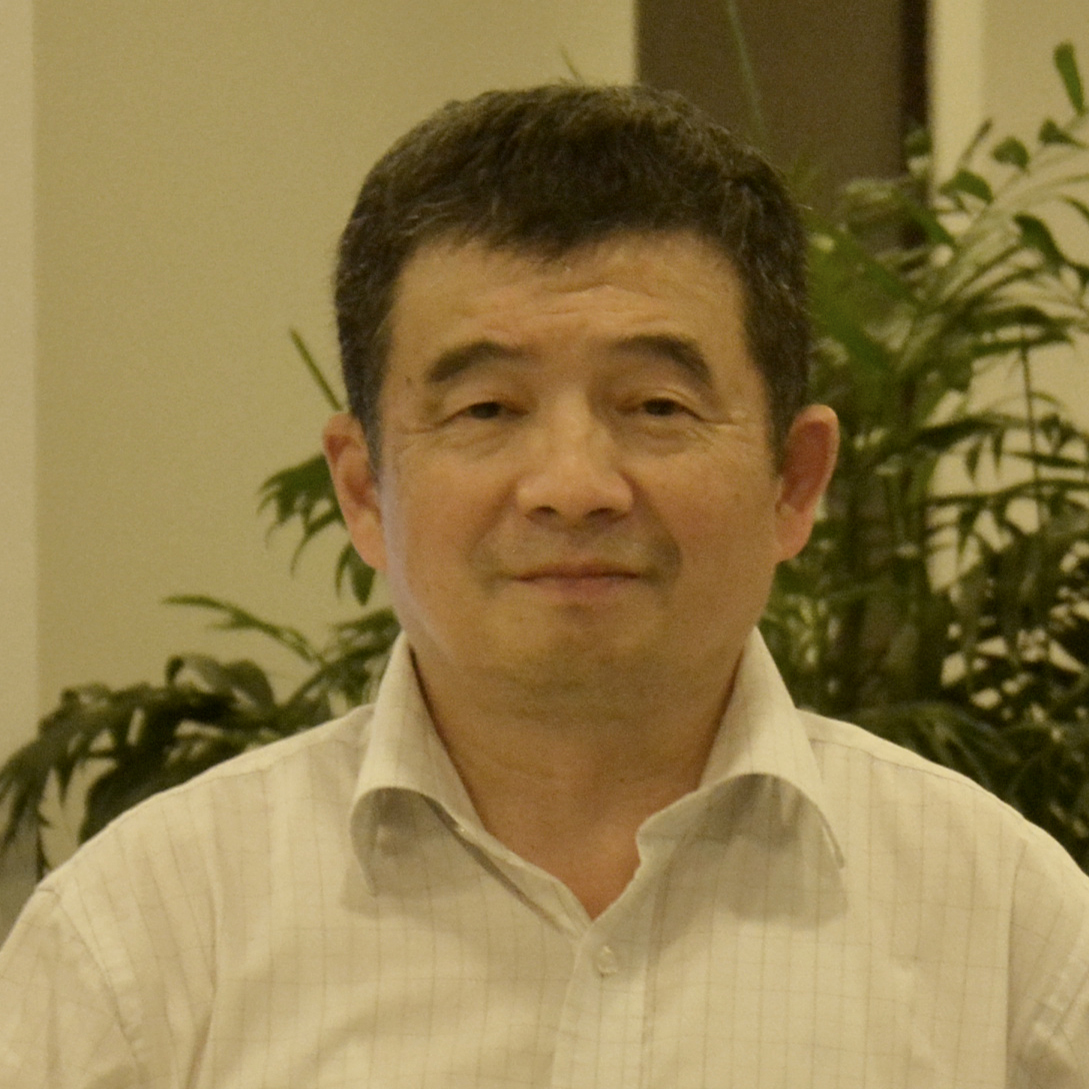
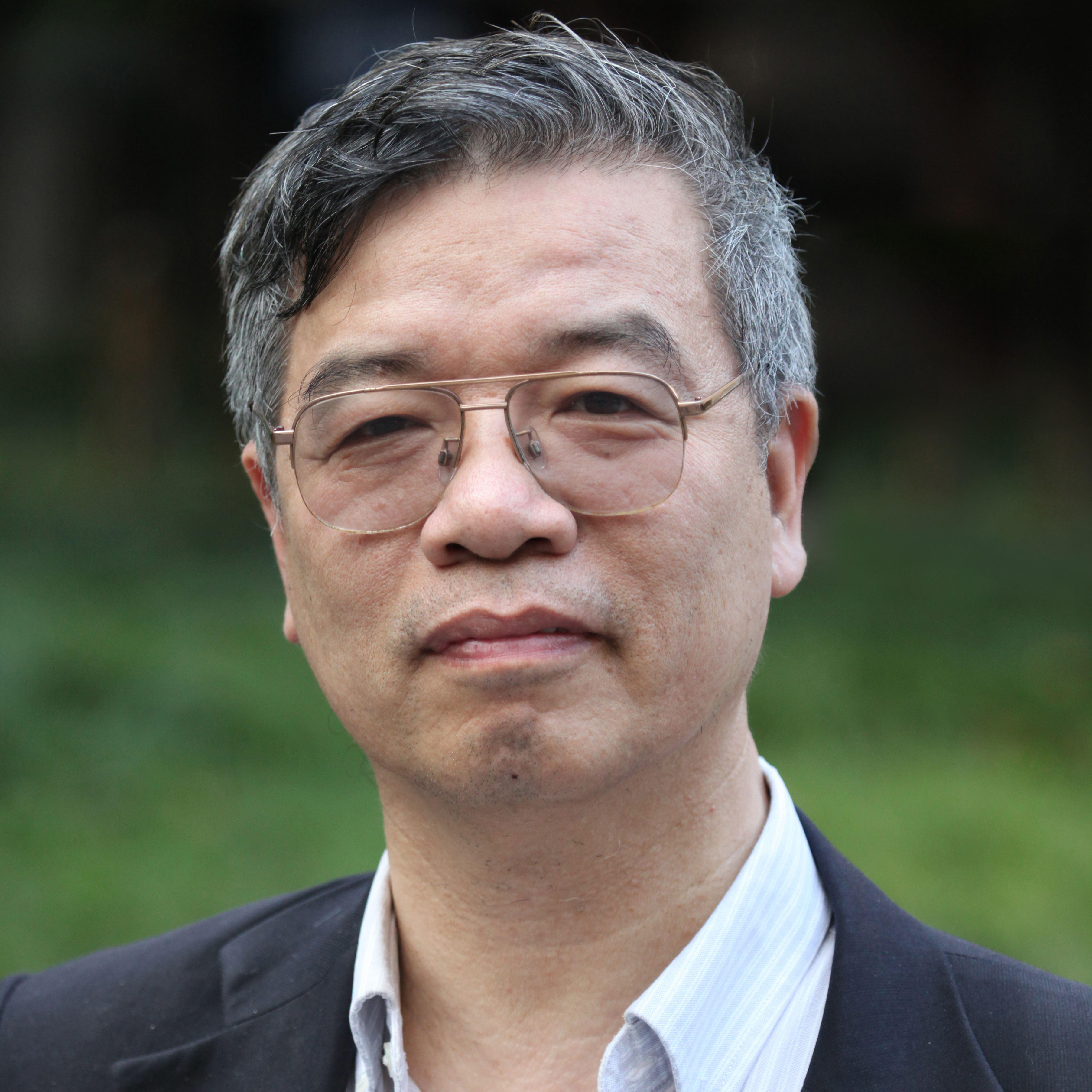

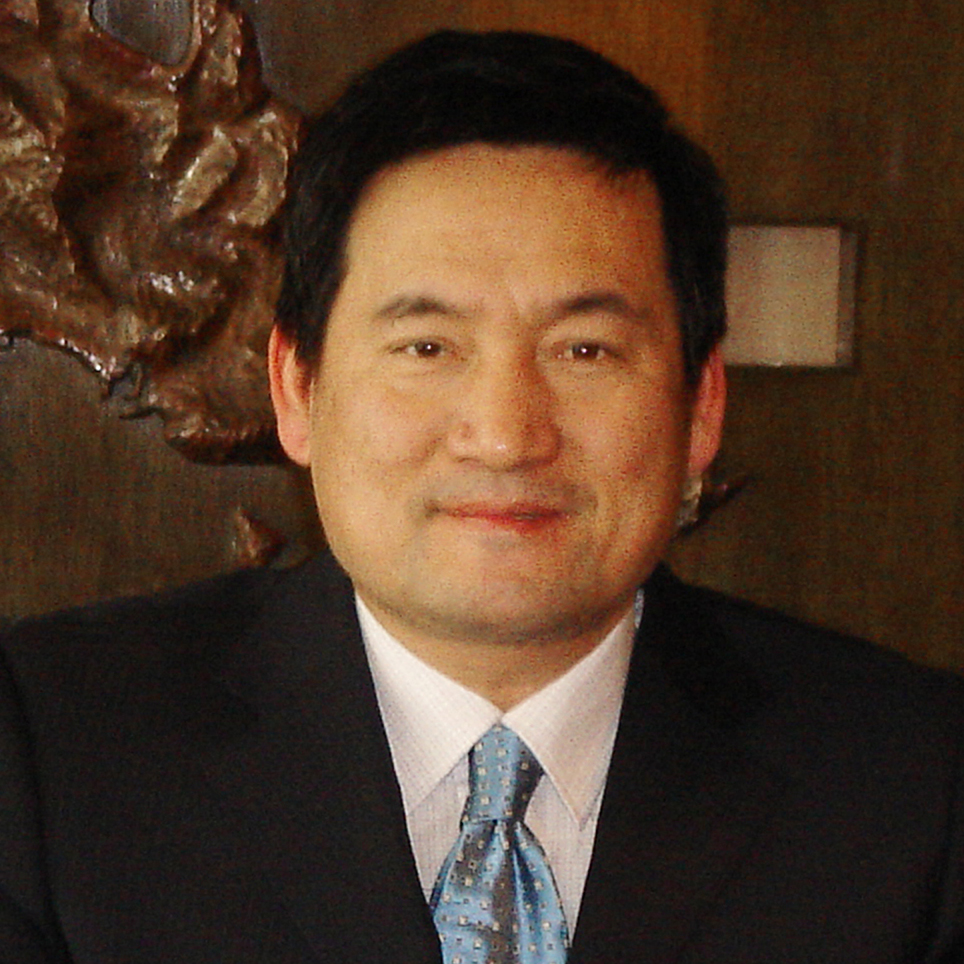






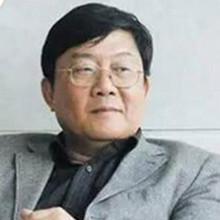

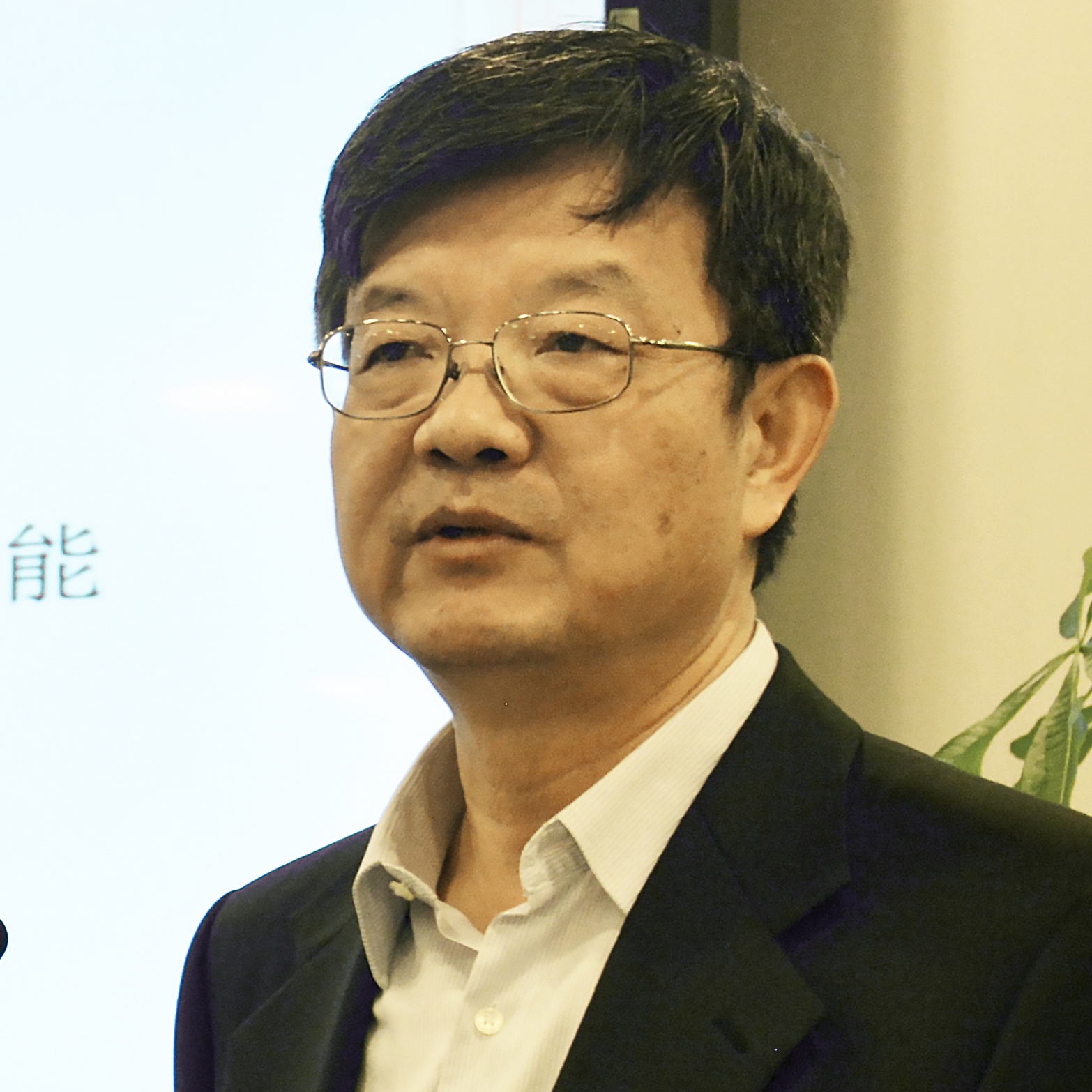


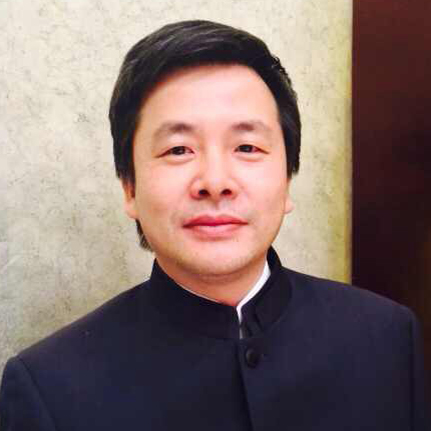
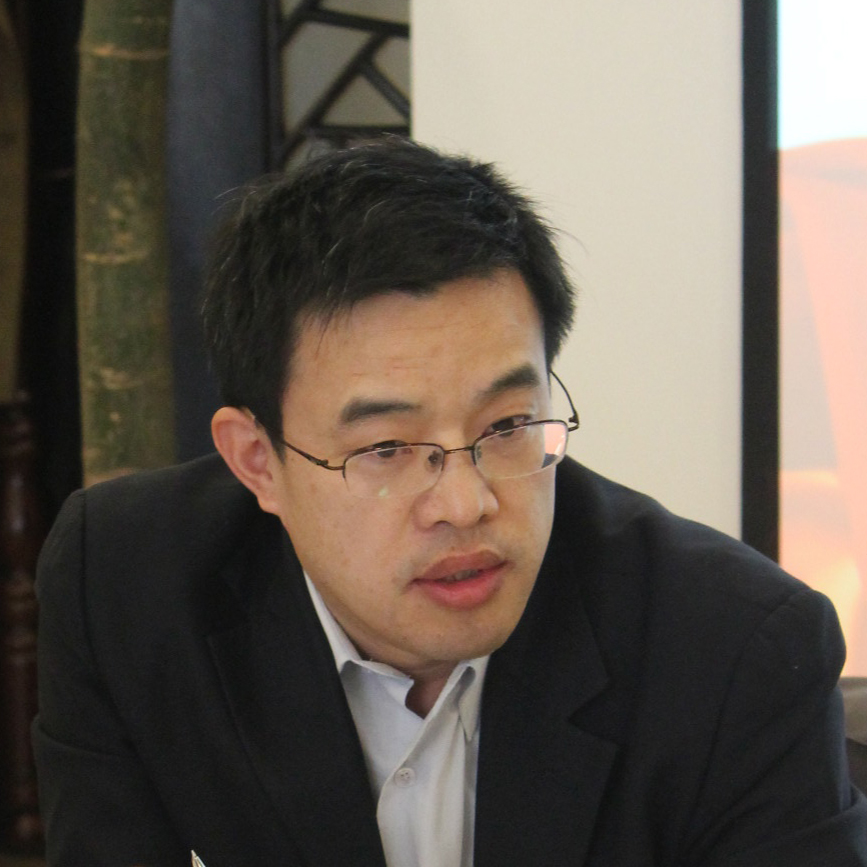
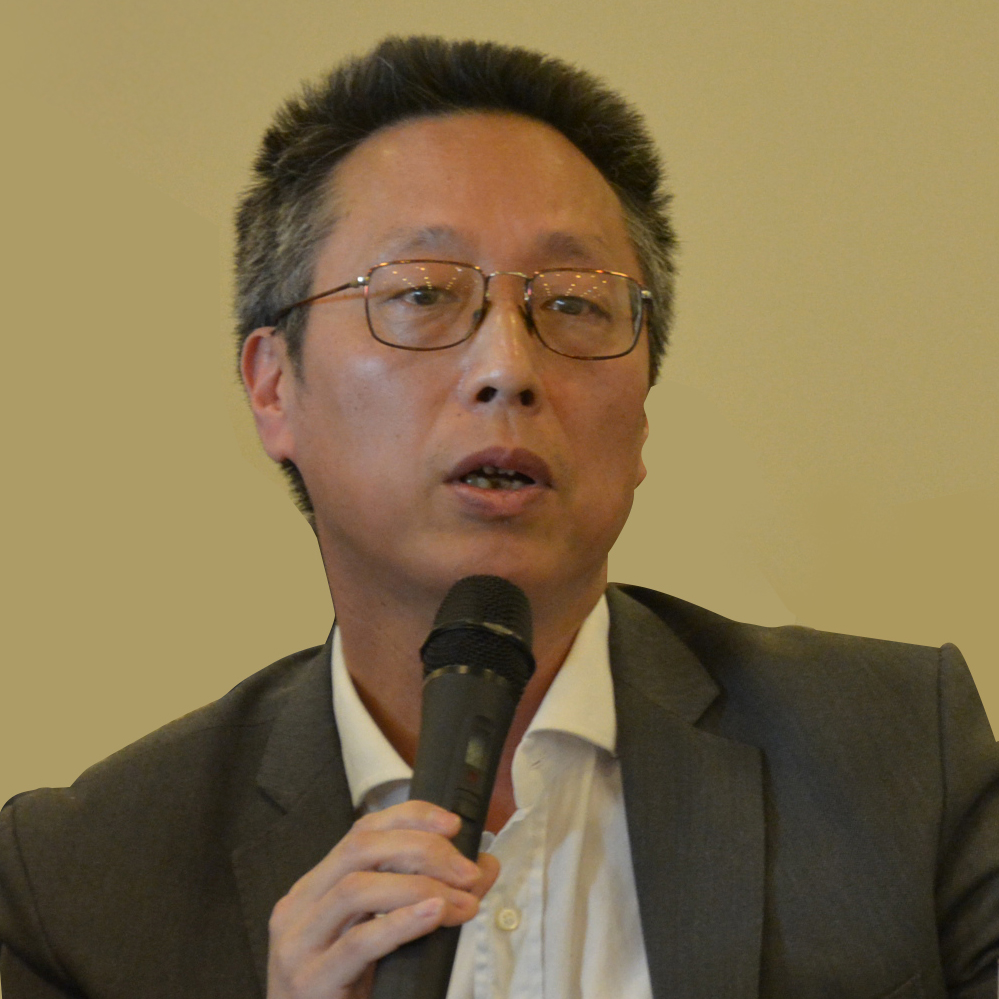
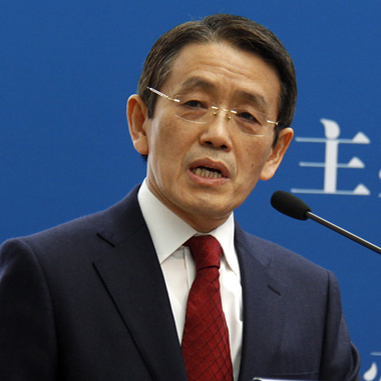

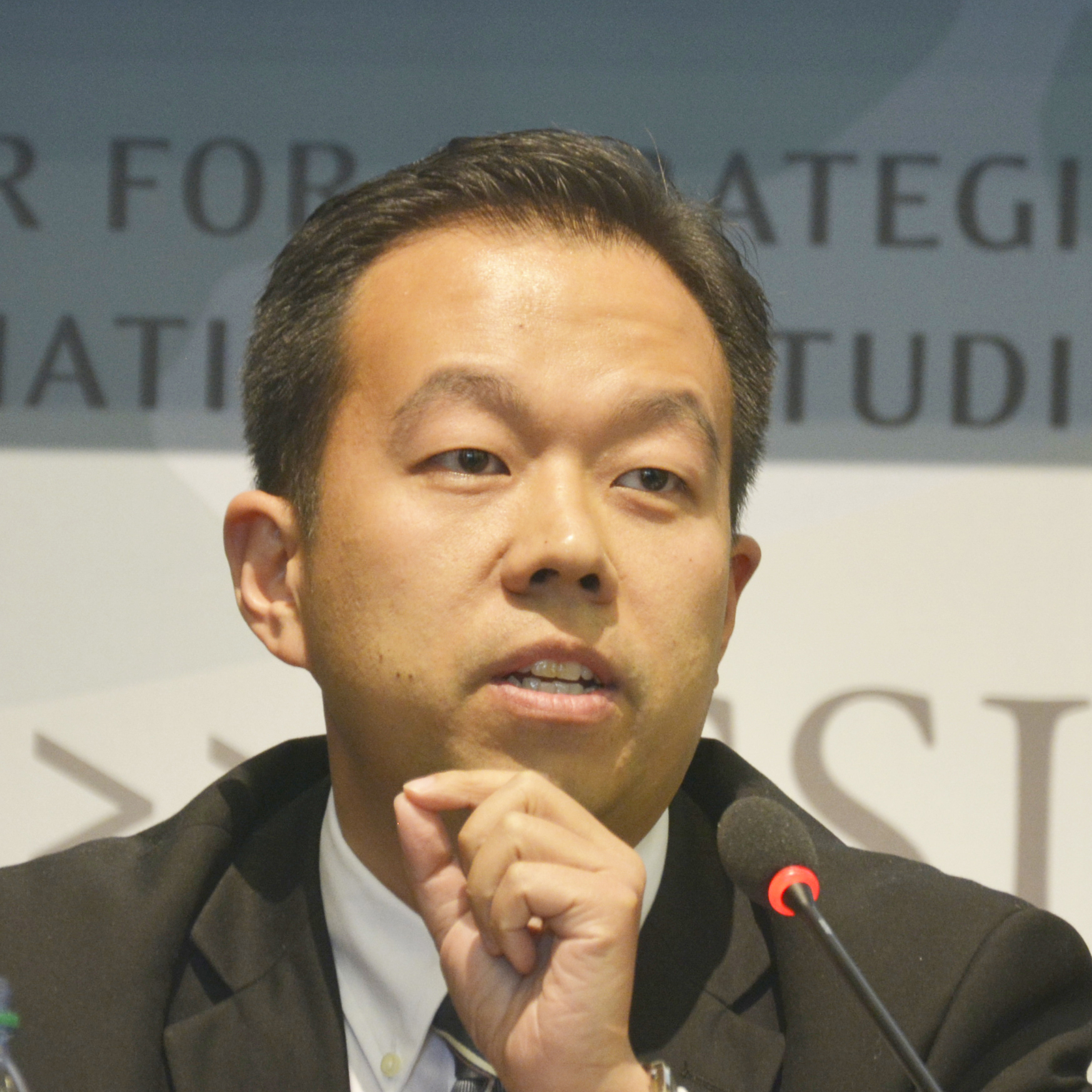

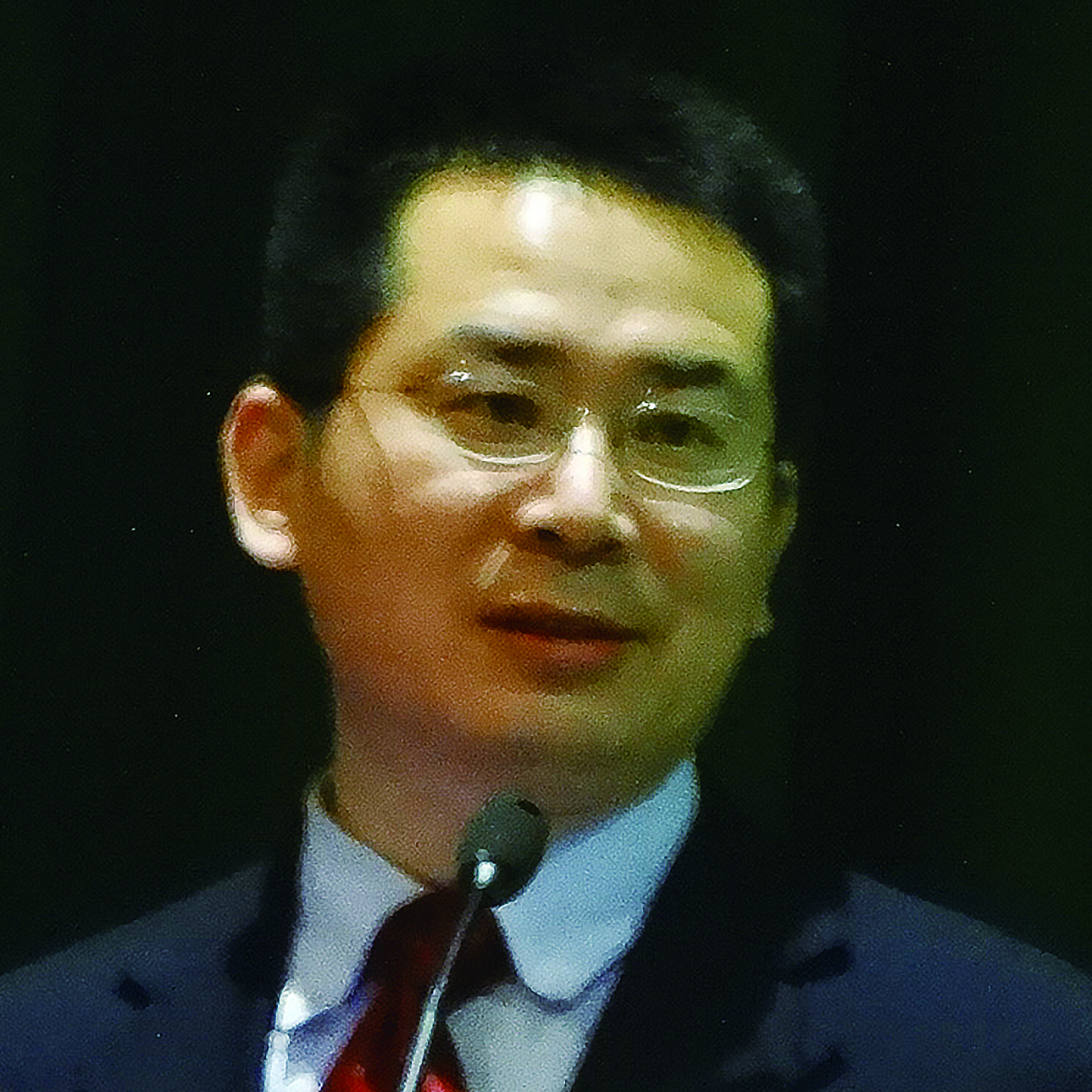



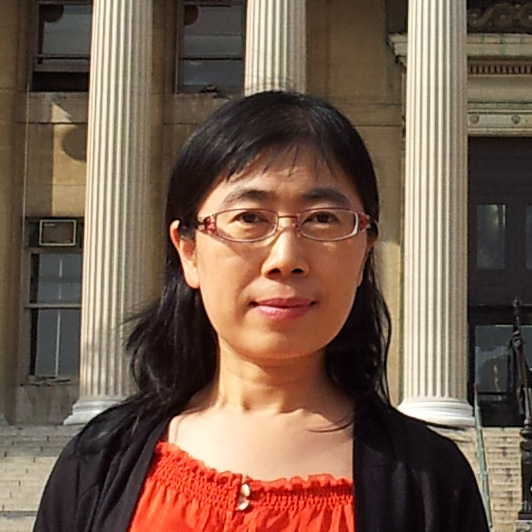
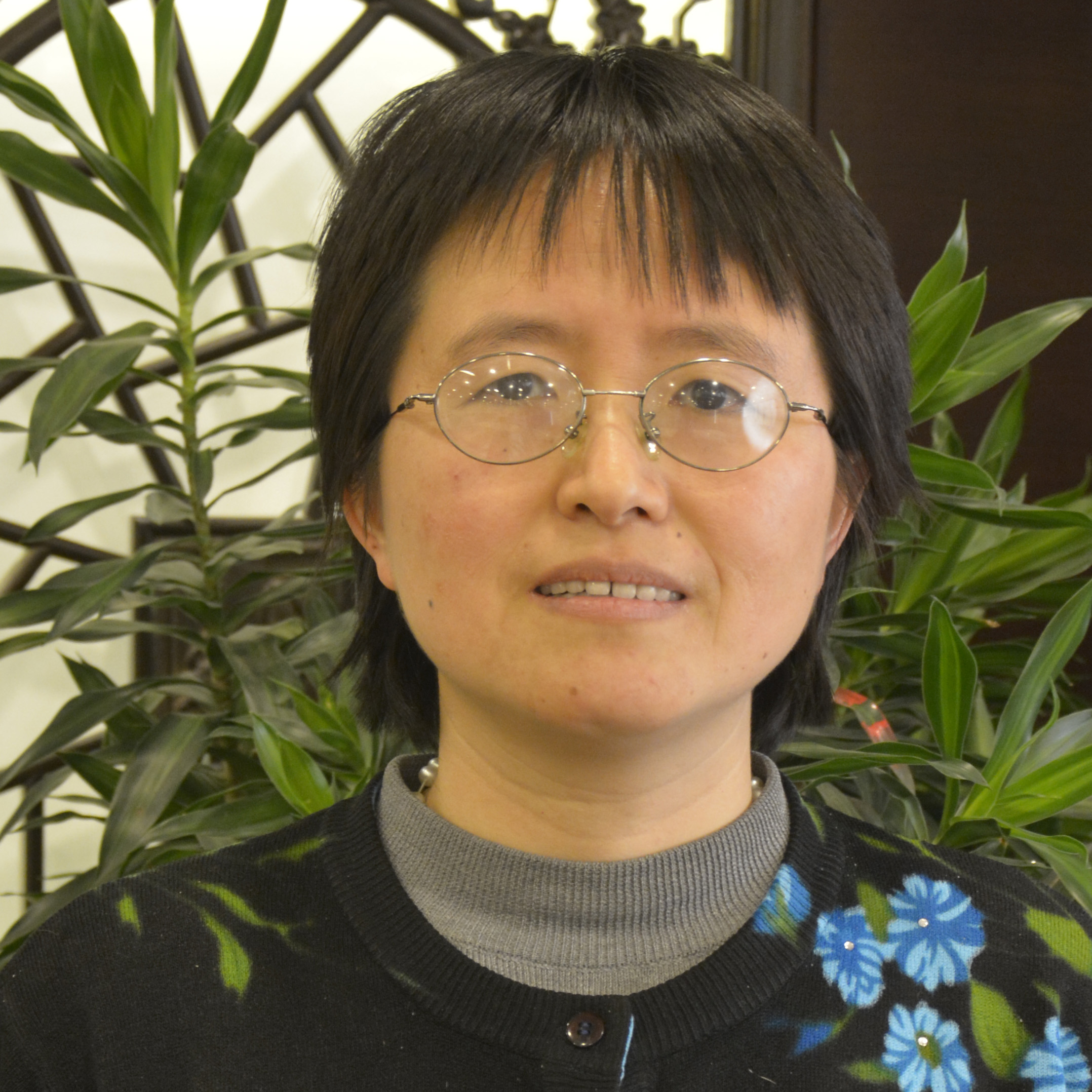



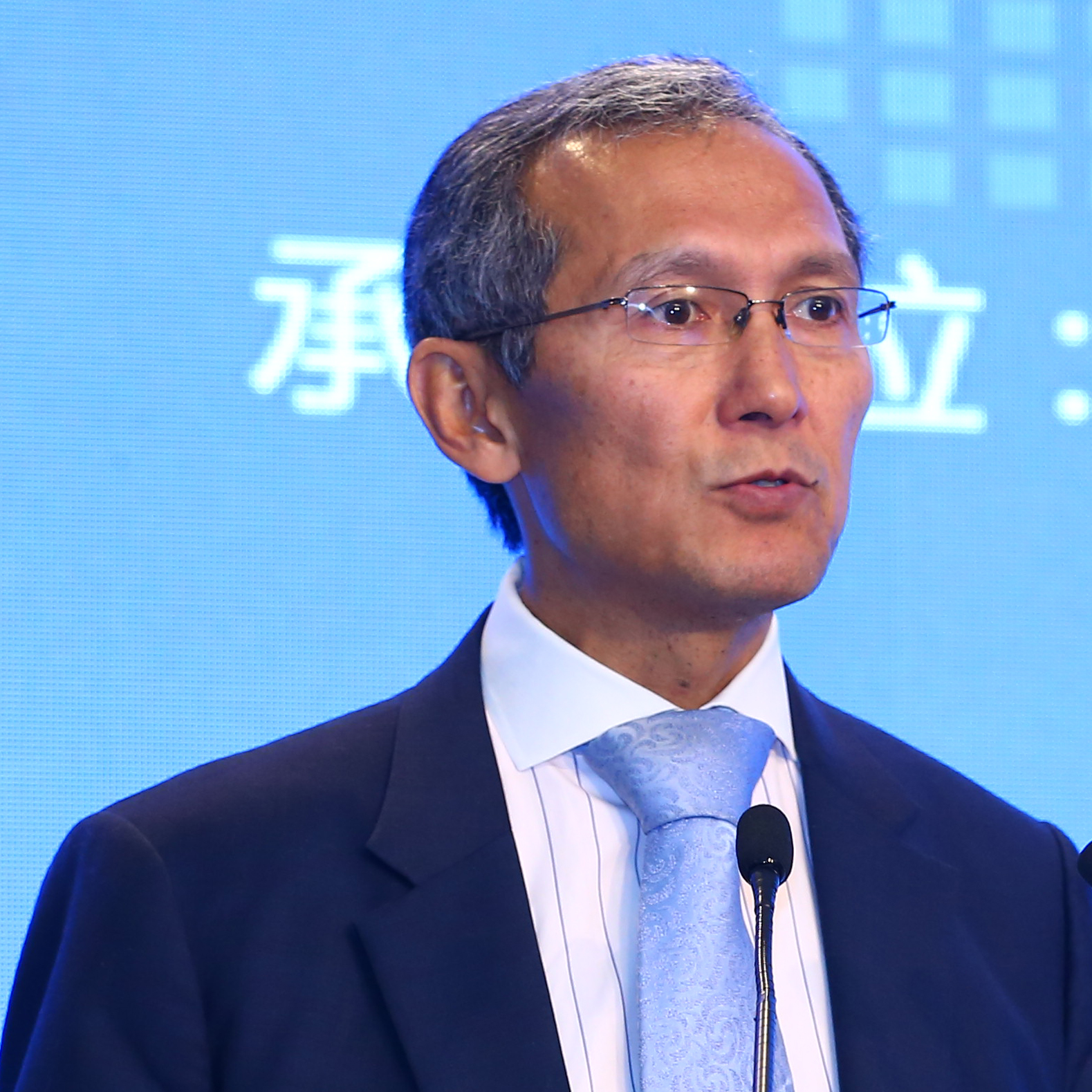
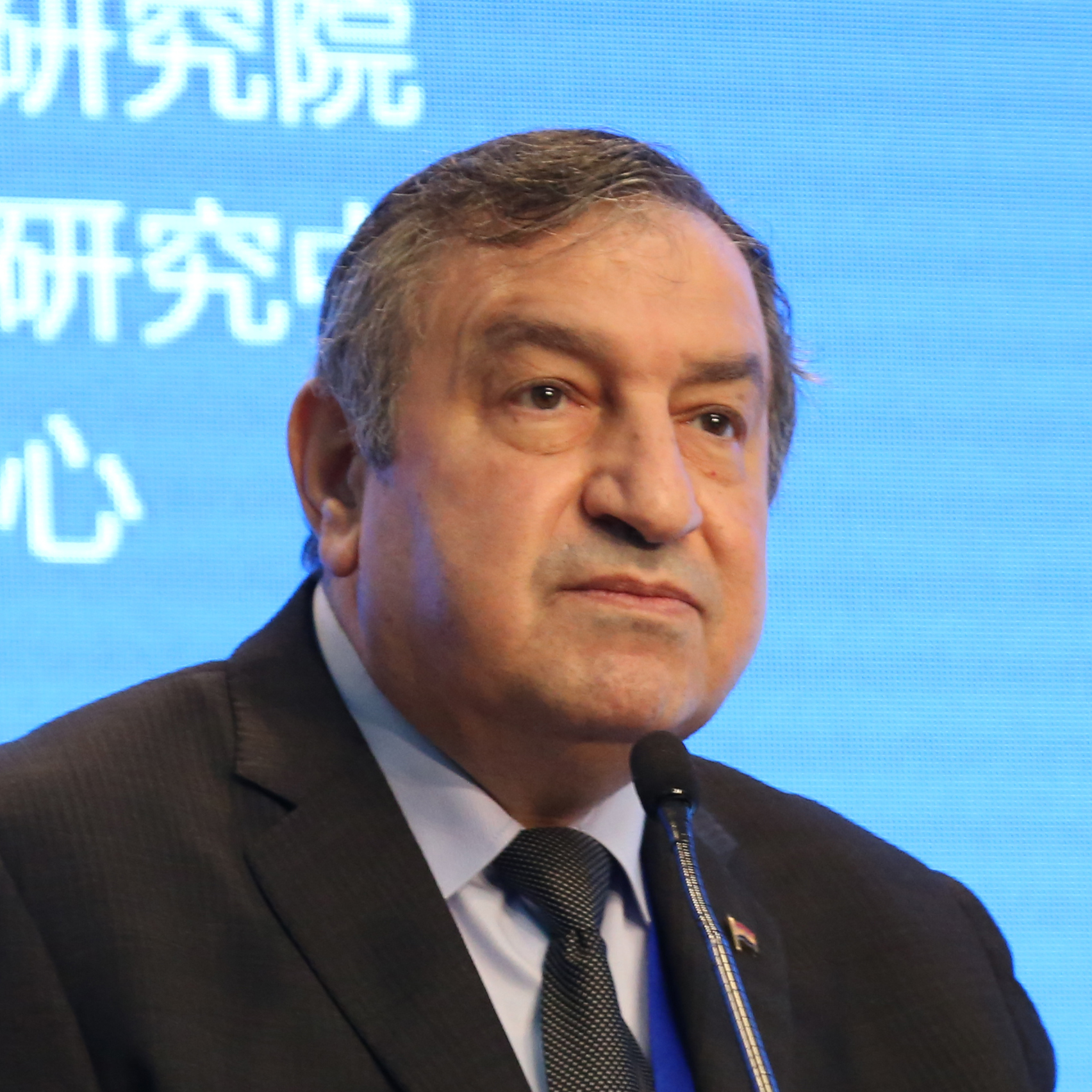

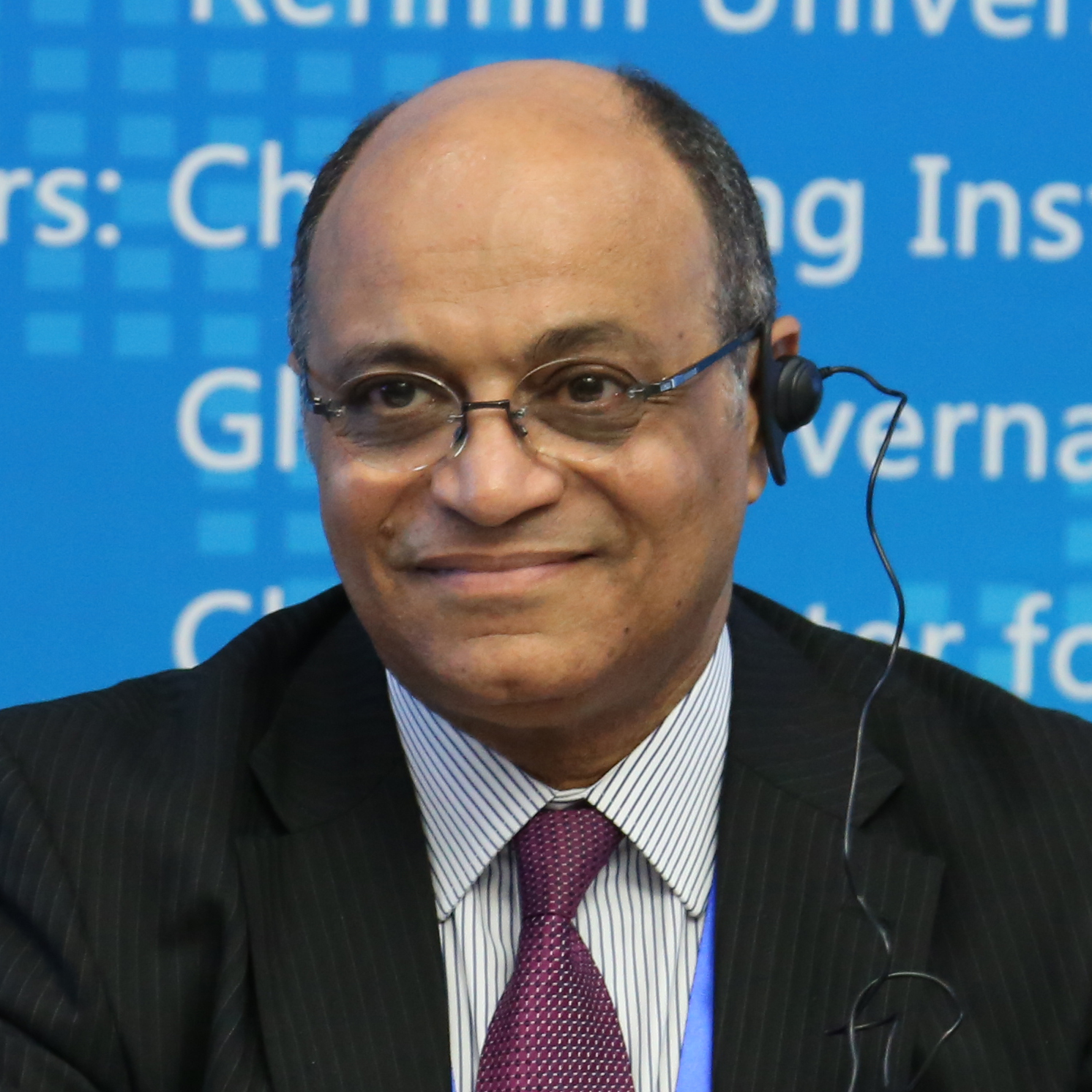














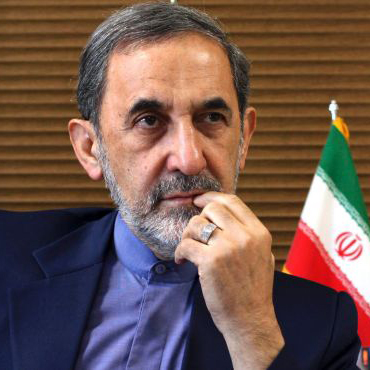


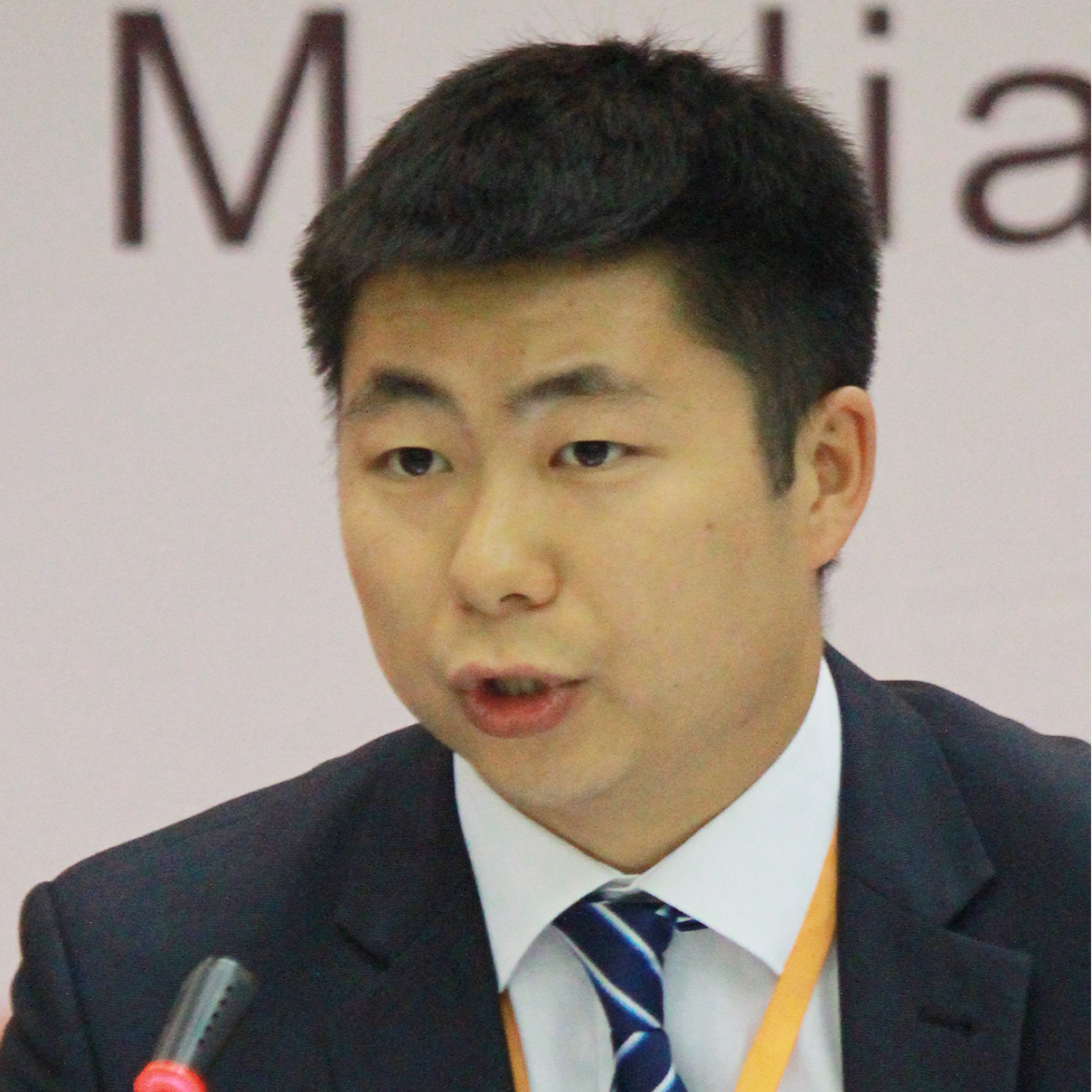

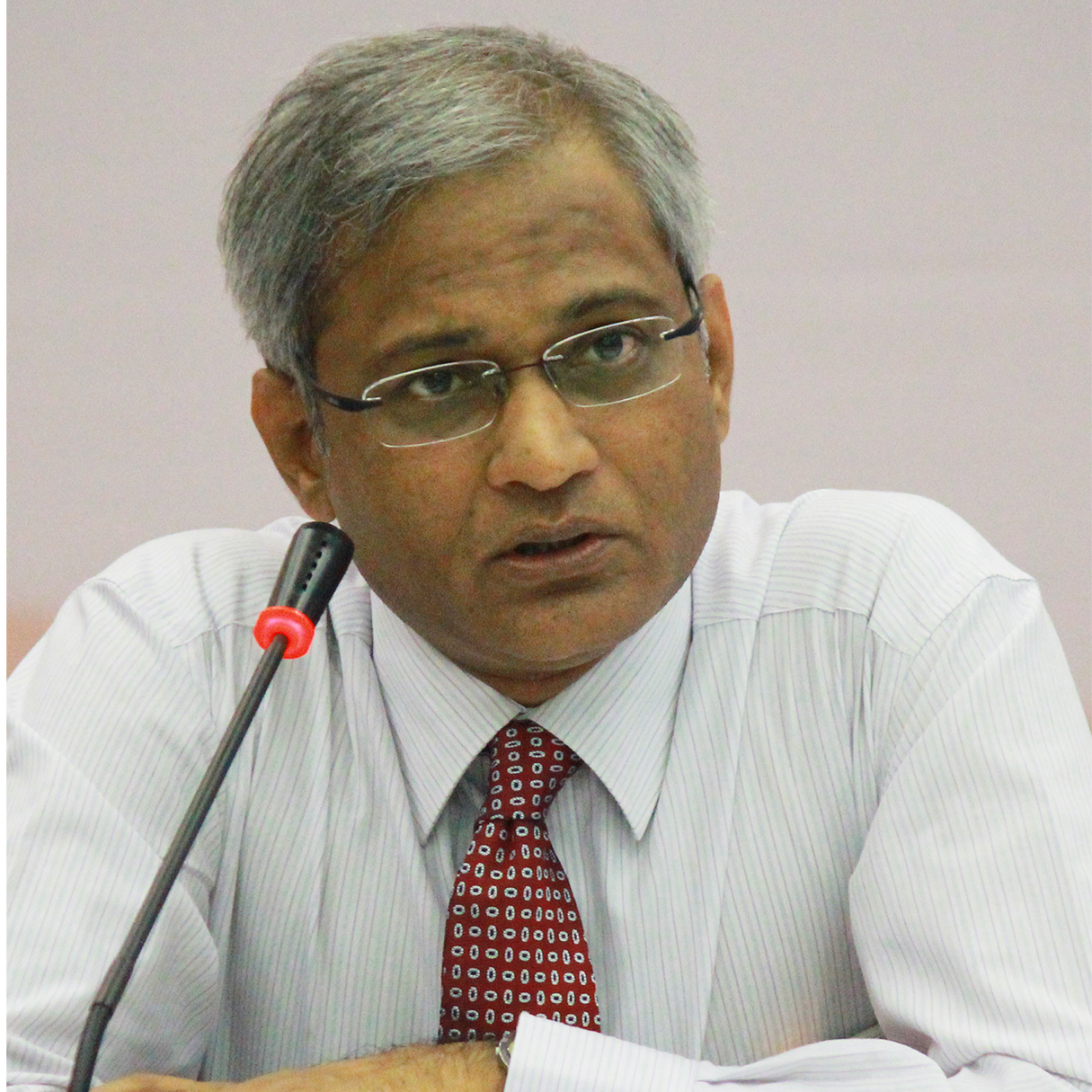
















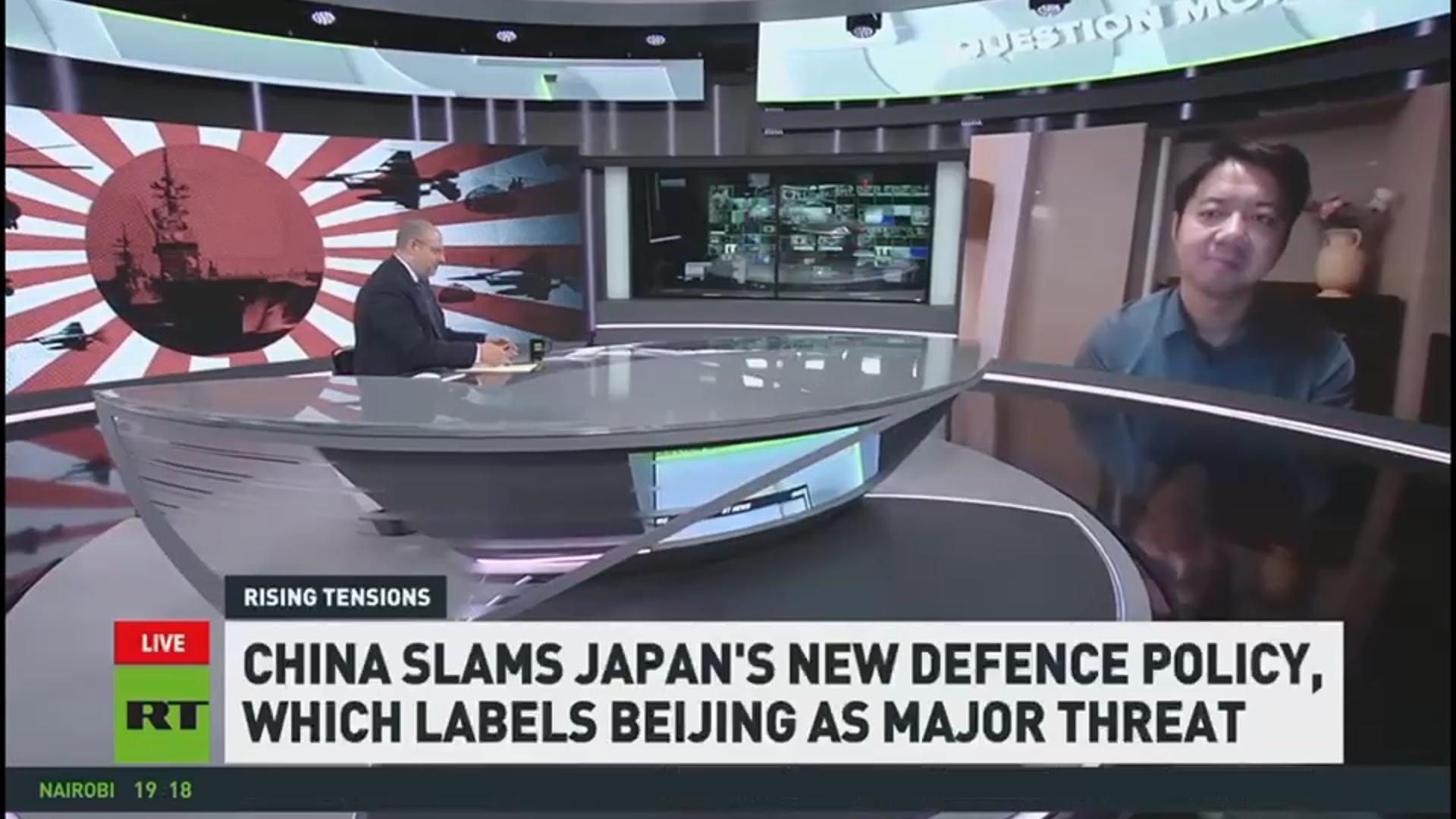
 京公网安备 11010802037854号
京公网安备 11010802037854号





